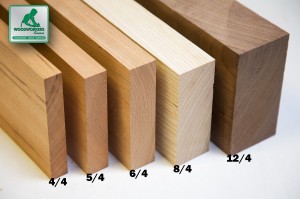
$8.00 ea.
48 U.S. Ground Service
Delivery & Pick-Up Options
Log in to see delivery dates
Ready NEXT DAY - Tempe, Phoenix or Tucson
Schedule it during checkout
Why Choose Aromatic Cedar?
Aromatic Red Cedar boards tend to be knotty and narrow because this is a very slow-growing species, and most trees harvested tend to be fairly small in diameter. The wood is soft with a fine, even texture. Very knotty with distinctive cedar aroma. Soft, easy to work but knots may present some difficulties. Easy to finish.
Get your hands on a wood you've never tried before! It's simple. Samples are milled on all sides to the standard size of 1/2'' X 3'' X 6'', as determined by The International Wood Collectors Society, and include the shipping cost within the 48 U.S. Each one is labeled with the botanical and common names. Use these to test finishes and stains, to compare color and grain characteristics, etc.
| Thickness | 1/2" (≈ 1/2" approx) |
| Width | 3" |
| Length | 6" |
| Grade | Samples are milled on all sides, cut square and sanded; wood is a product of nature with inconsistencies from piece to piece. Use species samples as a guide, not a perfect representation. |
Woodworkers Also Recommend These
2.75
lbs /Bd. Ft.Wood Texture
Ease of Finishing
Light red with streaks of creamy white.
Reaches a height of 40-60 feet with a buttress trunk which may often be angled with a diameter up to 24".
Eastern red cedar, Juniper, Red juniper, Red cedar, Virginia pencil cedar
Linen and blanket chests, pencils, boxes. Carves and whittles nicely.
The Joys of Building with Great Woods
Understanding hardwood lumber starts right here with these wacky fractions.
If you're expecting perfect clear lumber 100% of the time, you're in for a surprise. Here's a summary of the hardwood lumber grades and what to expect from them.
Board feet isn't your everyday kind of math, but these three simple steps make it easy to figure out your project.
Here's a handy (and free) Excel worksheet that helps you estimate the lumber needs for your project.
Are woods poisonous? Hazardous to use in cutting boards or baby cribs? Find out here.
Wood is like a sponge, and it's always in a state of absorbing or releasing moisture to stay equalized with its environment. The problem with that is it also swells and shrinks. Here's what you need to know to protect your project.















